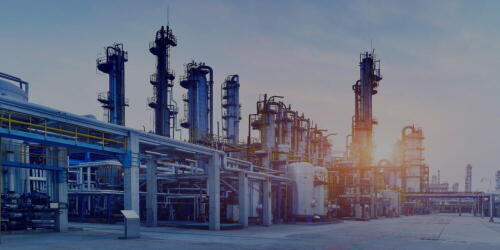You Can Leave Your CAPP Off! - Canadian Crude Forecast Still Shows Growth
The latest forecast from the Canadian Association of Petroleum Producers (CAPP) was published last week (June 9, 2015).
RBN’s Daily Energy Blog and Insights sharpen your energy IQ through fundamentals-based analysis that makes sense of North America’s energy market dynamics.
The latest forecast from the Canadian Association of Petroleum Producers (CAPP) was published last week (June 9, 2015).
Over the past 4 years, billions of dollars have been committed to building new petrochemical olefin crackers for ethane and export facilities for both propane and ethane. All these projects were expected to take advantage of booming domestic natural gas liquids (NGL) production.


The boom in U.S. oil and natural gas production has grabbed the headlines the last few years.
Two years ago production of super light crude known as condensate in the South Texas Eagle Ford was surging. Most Gulf Coast refineries did not want to process this light material and it was discounted to regular crude.
As natural gas takes on an ever-expanding role in Asian energy markets, the traditional practice of sourcing liquefied natural gas (LNG) through long-term, “point-to-point” supply deals at oil-indexed prices is being challenged on several fronts. For one, U.S.
Prices for non-TET propane at Mont Belvieu yesterday fell to their lowest level in 13 years at 31.0 cnts/Gal (source: OPIS). A big part of the recent price decline is to do with surging propane storage inventory.
Expectations for continuing rampant production growth for natural gas, natural gas liquids (NGLs) and crude oil have evaporated in the heat of the price melt-down.
Since the start of the shale oil boom in 2011 crack spread margins for Midwest refiners have averaged about $23/Bbl. Once written off refineries on the East Coast have averaged $16/Bbl this year so far (2015) and California refiners are currently enjoying average $24/Bbl crack spreads.

The monthly and weekly Propane Billboard reports feature insightful commentary and analysis of historical and anticipated trends in the U.S with a deep dive into the propane supply and demand balance by PADD. It includes a custom 1-year forecast with commentary and analysis on emerging market opportunities.
RBN analysis of 31 exploration and production (E&P) companies shows sharp differences between two groups of gas-weighted firms. The US diversified group is struggling to increase production, and slashing capital spending in light of weak profitability.
Yesterday (June 2, 2015) spot prices for propane at Edmonton, Alberta were assessed by OPIS at an average of -0.625 cnts/gal (-26.25 cnts/Bbl). Yes you read correctly – the price was negative – meaning that producers will PAY YOU to take their propane away in Edmonton.